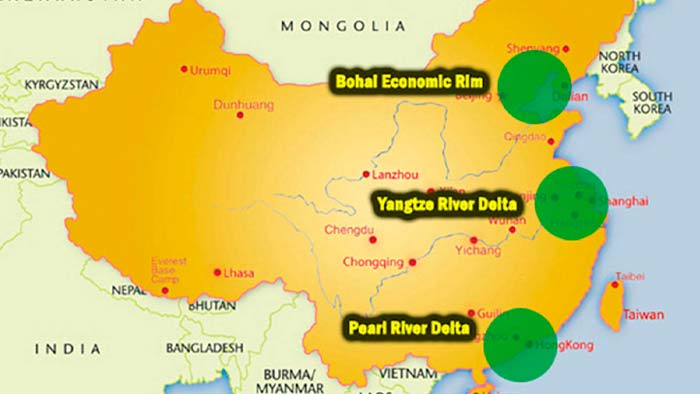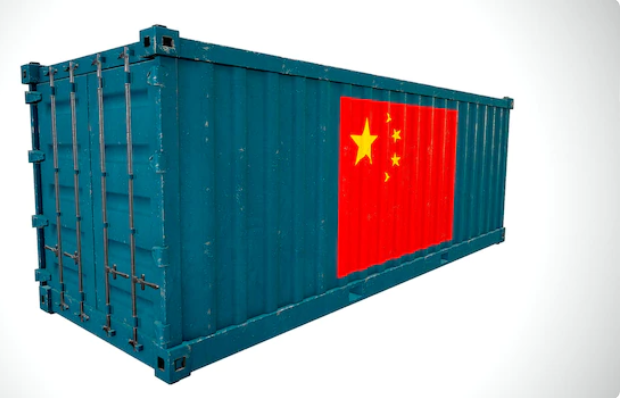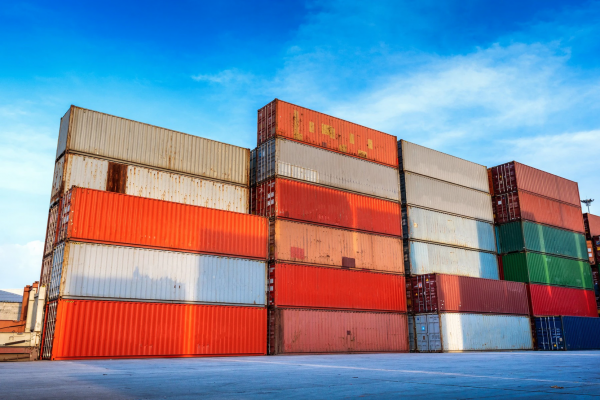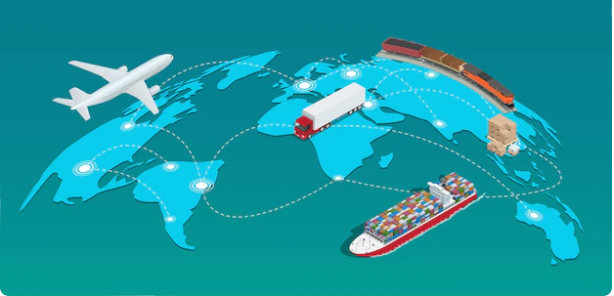
As an importer it’s vital you’re familiar with China’s manufacturing and sourcing geography as price levels, quality, logistic costs and manufacturing capabilities all vary region to region. The information that can be gained through a quick survey of manufacturers and their location is significant and should not be ignored.
If 99% of factories making a particular product are concentrated in one region, you can bet there is a competitive advantage to them being there. Typical regional advantages include access to raw materials, access to component parts, cheap labour, specialised labour or logistics.
That doesn’t necessarily mean that you should dismiss outlier factories. However, before purchasing from these suppliers you must be diligent to ensure that price advantages arise from genuine competitive advantages (i.e. cheaper production costs), rather than poor quality control systems and bad management.
You can also read our guide on how to find the a Chinese manufacturer for your business.
The Pearl River Delta (PRD)
Located in China’s south, the PRD encompasses the areas of Hong Kong, Guangzhou, and Shenzhen. This region owes its industrial transformation to the “reform and opening up strategy” of Deng Xiaoping and the creation of “Special Economic Zones”. The PRD developed rapidly as foreign companies invested heavily into the area to leverage favourable trade and tax policies, access to cheap labour, and proximity to Hong Kong.
The two cities you need to know, Shenzhen and Guangzhou: Shenzhen has grown from a market town of 30 000 people to become an international city of over 10 million people. Guangzhou, Shenzhen’s older brother to the north, is the main manufacturing hub in the Pearl River Delta. Guangzhou hosts the bi-annual Canton Trade fair, which attracts thousands of prospective importers every year.
What does the PRD specialize in producing? The PRD is transitioning away from labour-intensive consumer goods and now specialises in high-tech electronic equipment, machinery, and auto parts. The region does, however, still lead the way in the production of footwear, lighting, and toys. It’s also a good place for sporting equipment, stationery and art ware, construction materials and furniture (amongst other things).
What are the advantages of sourcing from the PRD? Factories here are experienced with the demands of the international marketplace. The infrastructure in the PRD is world class which makes transporting your goods from here affordable and efficient. Sourcing component parts, raw materials, packaging materials, production equipment etc. is easy due to the massive concentration of manufacturing within what is about a three-hour driving radius. It’s by far the best place to manufacture complex or high tech goods.
What are the disadvantages? Due to the reasons mentioned above, prices are generally higher in the PRD. Manufacturers here are also well aware of the going market rate for their product in your home market. They will negotiate prices to a point where it’s just enough for you to make a profit in your home market and nothing more.
The Yangtze River Delta
Surrounding the megalopolis of Shanghai, the Yangtze River Delta (YRD), with its enormous population of 105 million (2014), historically manufactured products for China’s domestic market.
Production in the YRD has traditionally been geared towards high volume, low margin type commoditized goods. Competition for business here is fierce and this has generally kept prices low. The downside to this is that tight margins encourage factories to cut corners on quality and cut production costs by using inferior raw inputs. Service in the YRD is also of a lower standard compared with the PRD.
While it can be more difficult sourcing from this region, importers should not be discouraged. With careful oversight, factories in the YRD can produce excellent quality products and at low prices. As China’s number 2 export base, the region is moving up the quality scale as firms gain experience selling into international markets.
Cities you should know: The major cities in this region are Suzhou, Ningbo, Shanghai, Nanjing, and Hangzhou.
What does the YRD specialise in producing? Labour intensive consumer goods, textiles, metals, glass products, furniture, motor and bicycles, electronics, household appliances, construction materials, paper products etc.
What are the advantages of sourcing from the YRD? Costs for manufacturing many products are cheaper than the PRD. The YRD has the same advantages as the PRD in terms of excellent infrastructure and access to raw materials.
What are the disadvantages? The region focusses on price over quality. Many factories in this region are in debt and risk going under. Copyright infringement is rampant in the region so be cautious if you have IP to protect.
See steps to protecting Intellectual Property during production.
The Northeast
Historically the Northeast has been China’s heartland for heavy industry due to its abundance of coal and oil. Industry here is heavily centred on the production of iron, steel, oil, petrochemicals, shipbuilding, machine tools, aviation and automobile manufacturing.
In recent years the government has set about transitioning the region away from heavy industry to become a centre for modern manufacturing. Reform efforts are yet to come to fruition. Problems of overcapacity, poor investments, and a dominance of state-owned enterprises remain.
Cities you should know: Shenyang, Dalian, Harbin, Changchun, and Anshan.
What does the YRD specialise in producing? Heavy industry: iron, steel, oil, petrochemicals, shipbuilding, machine tools, aviation and automobile manufacturing.
What are the advantages of sourcing from the Northeast? While it is unlikely that you will be sourcing from this part of China, you can find non-heavy industry factories here that produce at unbeatable prices.
What are the disadvantages? Sourcing from the northeast can be a major challenge. Production needs careful oversight and you must pay careful attention to project management, IP protection, quality assurance and due diligence. Logistics from this part of China is also more challenging than from the south.
The West
The Western regions of China have long been the supplier of cheap labour for the richer coastal regions. Migrant workers, attracted by higher wages and guaranteed work, flooded the coastal regions and sustained China’s comparative advantage in labour-intensive manufacturing for decades. Rising rent and labour costs have pushed manufacturing inland, away from the coast, in recent years, which has convinced migrants to return home to the west. The Government’s “develop the west” initiative – which has pumped massive amounts of money into the west – is also contributing to this shift.
While manufacturing is gaining traction in the West, it is unlikely that you will find yourself sourcing from these areas. Similar to the northeast, while pricing might be attractive, problems with logistics, IP protection, quality assurance, due diligence and export licensing make exporting from the west a challenge.
Cities you should know: Chongqing and Chengdu.
What does the West specialise in producing? The West is China’s manufacturing hub for motor vehicles. It is also a hotspot for computer parts/components.
What are the advantages of sourcing from the Northeast? Significant savings can be made on production costs due to lower prices for labour and land. For computer components, heavy machinery and automobiles it may be the cheapest place in China to source from.
What are the disadvantages? Being landlocked, logistics from the region is difficult, time-consuming and expensive. Goods must travel by road, rail or most commonly via river all the way up to a port in the Yangtze River Delta (Shanghai) or the Pearl River Delta (Shenzhen).
As this article has shown, you can reveal significant information about your supplier by knowing their location. Will lead times be slower? Is the price advantage due to nefarious reasons? How long has this factory been in operation? Do they have an export licence? By looking first at location you will naturally provoke important questions that will expose the legitimacy of your manufacturing prospects.






Leave A Comment